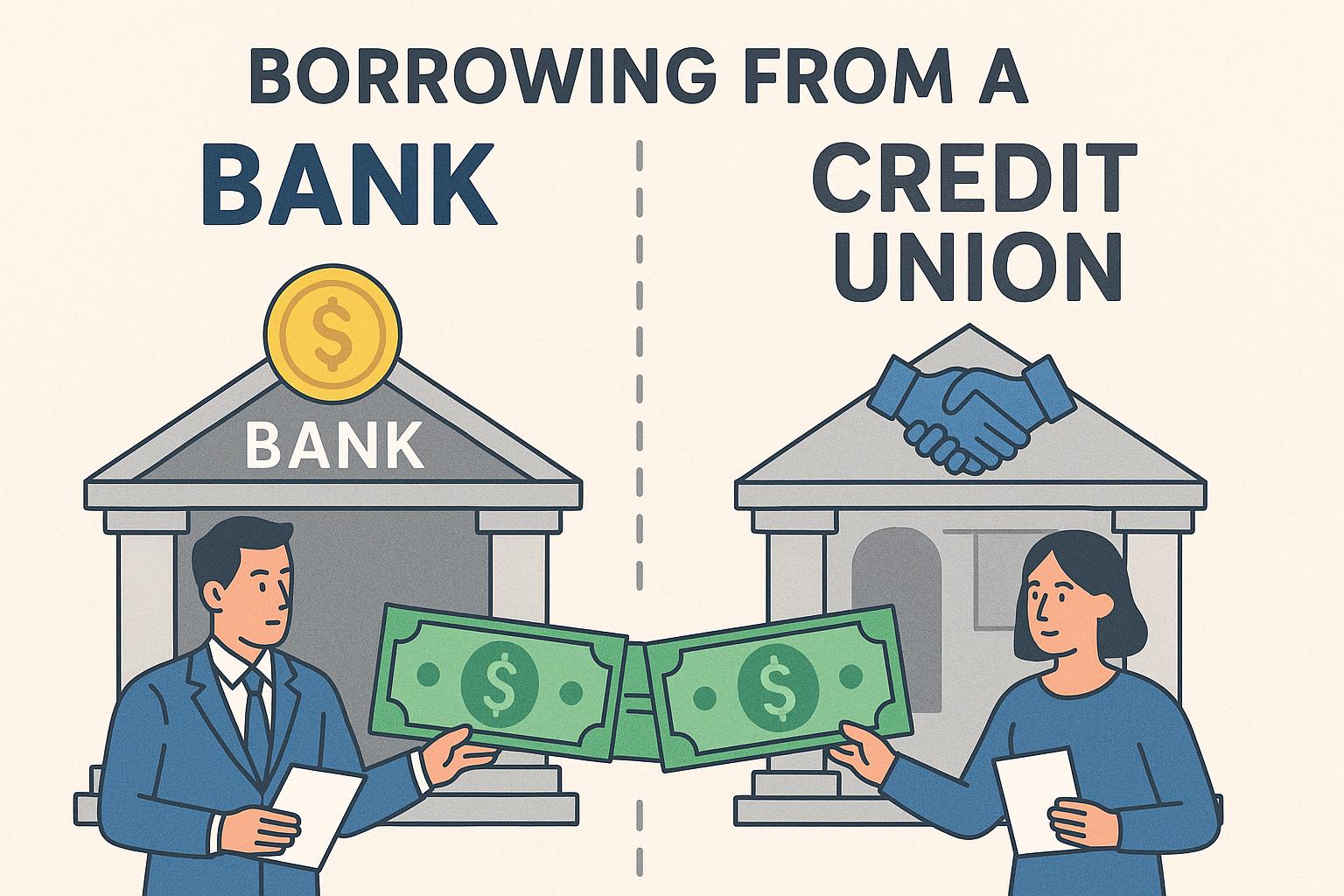
Understanding Collateral in Loans
Collateral is a crucial aspect of securing loans for both lenders and borrowers. By understanding its role and importance, individuals and businesses can make more informed financial decisions when seeking credit. This article delves into how collateral works and its impact on the lending process.
Defining Collateral
Collateral refers to an asset that a borrower offers to a lender as security for a loan. This asset, which can range from real estate to vehicles, serves as a form of protection for the lender. In the event that the borrower defaults on the loan, the lender has the legal right to seize and sell the asset to recover the unpaid loan amount.
Types of Collateral
Collateral can come in various forms depending on the borrower’s asset base and the nature of the loan:
Real Estate: Property and land are commonly used as collateral in secured loans like mortgages. Real estate is considered a stable and high-value asset, making it a favorable choice for lenders.
Vehicles: Automobiles and other types of vehicles are often used to secure auto loans or personal loans. The lender typically retains the title of the vehicle until the loan is repaid in full.
Financial Assets: Stocks, bonds, and savings accounts can also serve as collateral. These assets are liquid and can be easily converted into cash by the lender if necessary.
Equipment and Inventory: In business loans, equipment or inventory can be pledged as collateral. This is particularly common in industries where machinery and stock hold significant value.
The Function of Collateral in Loans
The primary function of collateral is to mitigate the risk for the lender. By securing a loan with collateral, the lender has a fallback option to recoup the loan amount if the borrower defaults.
Improving Borrower Terms: With collateral, borrowers often benefit from lower interest rates and better loan terms. This is because the risk to the lender is reduced, allowing them to pass some of these savings onto the borrower.
Access to Larger Loan Amounts: Collateral can also enable borrowers to access larger loan amounts than they could with an unsecured loan. This is particularly advantageous for businesses looking to finance significant expansions.
Risks Associated with Collateral
While collateral offers benefits, there are also inherent risks involved:
Loss of Asset: The most significant risk for borrowers is the potential loss of the asset if they default on the loan. This highlights the importance of considering one’s ability to meet loan payments before pledging valuable assets.
Asset Depreciation: Some assets, such as vehicles, depreciate over time. Should the borrower default, the resale value might not fully cover the outstanding loan balance, posing a risk to both parties.
The Legal Framework
In many jurisdictions, the pledge of collateral is governed by legal rules and requirements. Lenders must ensure that the lending agreements are compliant with local laws to enforce their rights over the collateral. Borrowers, on the other hand, must be aware of these laws to understand their obligations and rights fully.
Collateral’s Influence on the Financial Ecosystem
Understanding the role of collateral goes beyond its immediate function in a loan agreement. Collateral also plays a significant role in the broader financial ecosystem. It influences credit availability and affects the behavior of financial institutions.
Impact on Credit Markets: The availability and types of collateral affect the supply of credit in the market. When lenders can secure loans with reliable collateral, they are more willing to extend credit. This can lead to greater liquidity and investment in the economy, enhancing growth opportunities.
Behavior of Financial Institutions: Financial institutions often adjust their lending strategies based on the value and stability of collateral they can obtain. In times of economic uncertainty, lenders may tighten credit access, requiring stronger collateral to mitigate potential losses.
Strategic Use of Collateral in Business Operations
For businesses, using collateral strategically can be a powerful tool for managing finances and supporting growth. Businesses should consider how best to leverage their assets to secure loans that will support their operational and expansion goals.
Balancing Risk and Opportunity: Effective management of collateral can help businesses balance the risks of losing valuable assets with the opportunity to access capital for growth. This involves evaluating the potential returns on investments made possible through collateralized loans.
Enhancing Business Creditworthiness: Demonstrating the ability to secure loans with adequate collateral can enhance a business’s creditworthiness in the eyes of lenders. This can open up more favorable financing opportunities in the future.
Technological Advancements Impacting Collateral
In recent years, technological advancements have begun to reshape the collateral landscape. Digital assets and innovative fintech solutions offer new forms of collateral that can be utilized in modern borrowing scenarios.
Digital and Crypto Assets: With the rise of cryptocurrencies and digital assets, there is a growing trend of using these new forms of collateral. As financial markets continue to evolve, lenders are exploring ways to accept digital assets as security for loans.
Smart Contracts and Blockchain: The use of smart contracts and blockchain technology is introducing more transparency and efficiency in collateral management. These technologies can automate the enforcement of collateral agreements, reducing the risk of disputes.
Conclusion
Collateral plays a pivotal role in the loan acquisition process. It provides security for lenders and can result in more favorable terms for borrowers. Understanding the implications and responsibilities of using collateral is essential for anyone considering secured lending. For more detailed guidance, borrowers and lenders can consult with financial advisors or legal experts to navigate the specifics of collateralized loans in their regions.
To stay informed about the latest developments in collateral and secured lending, consider exploring additional resources or consulting with professionals who specialize in financial and legal aspects related to loans. The ever-evolving landscape of collateral offers both challenges and opportunities, making it crucial to stay updated and proactive in financial planning and borrowing strategies.









